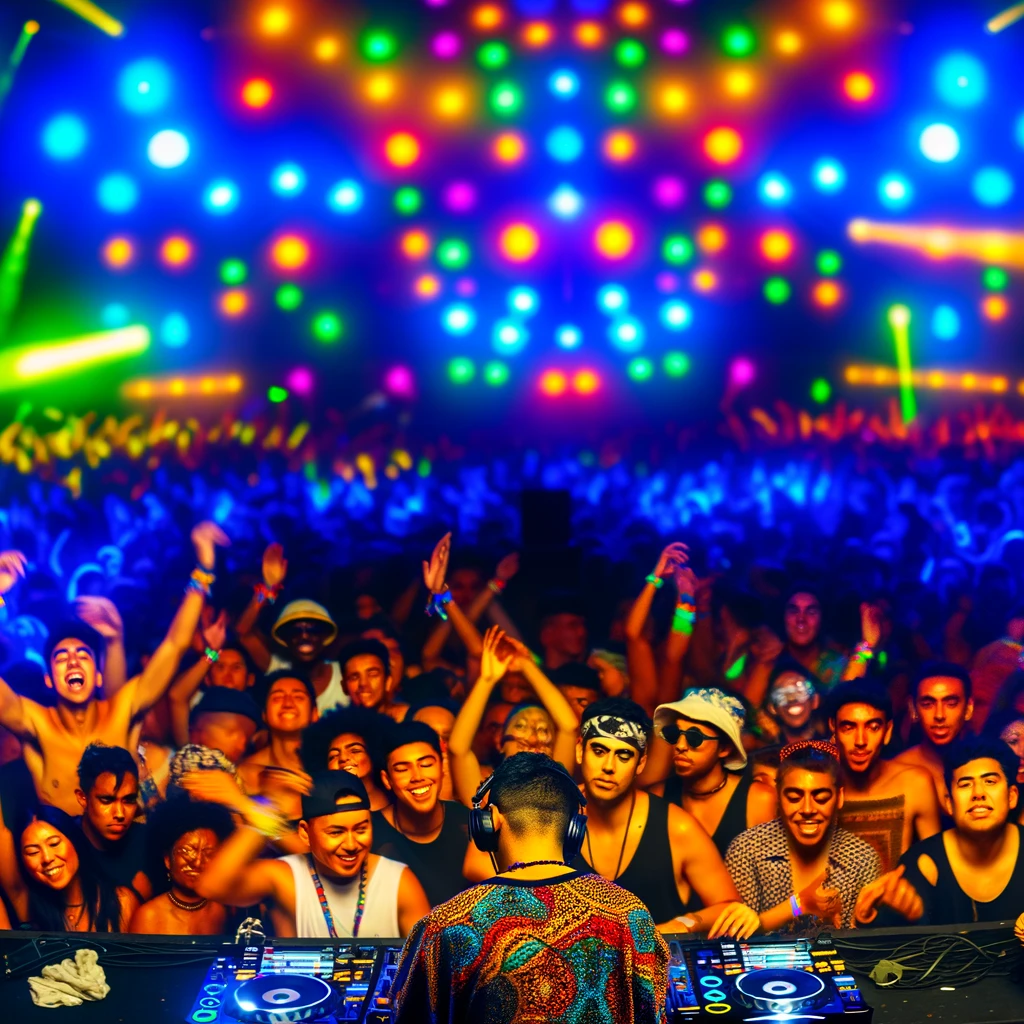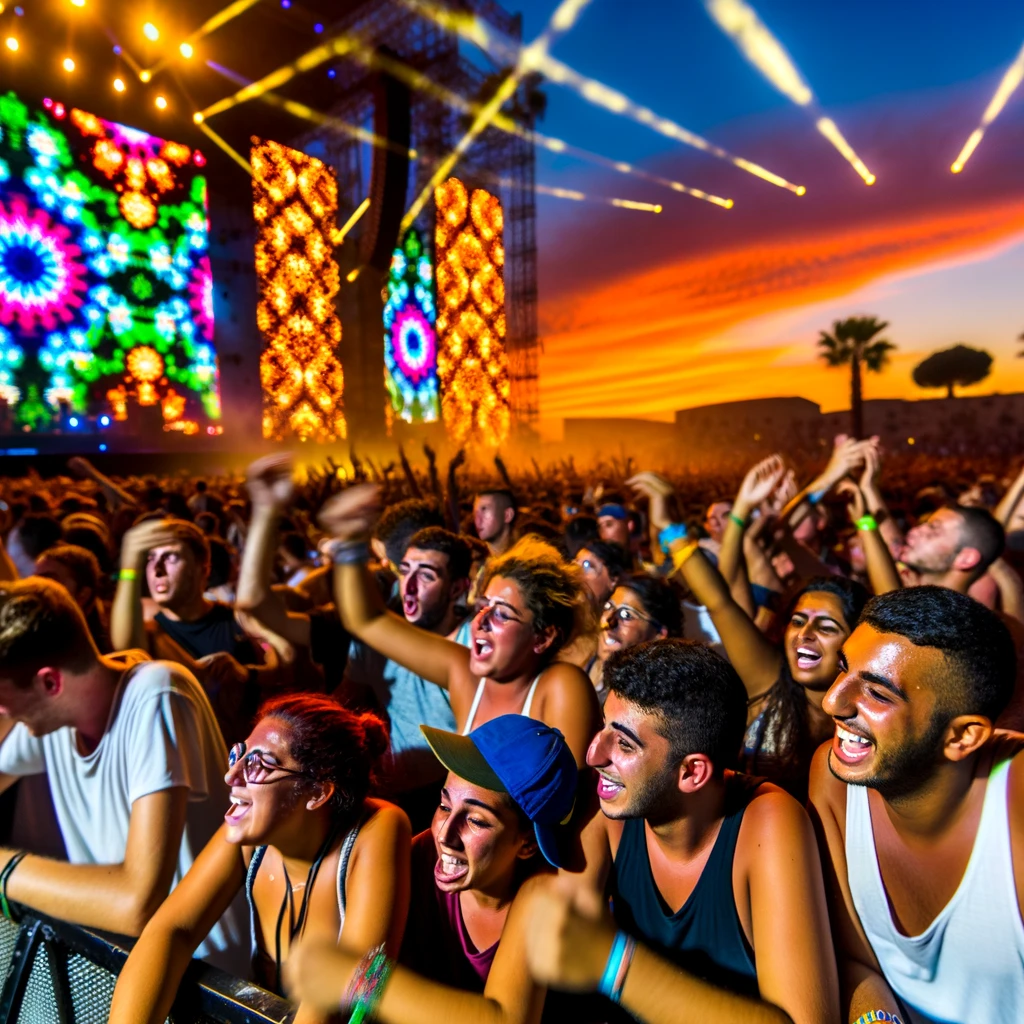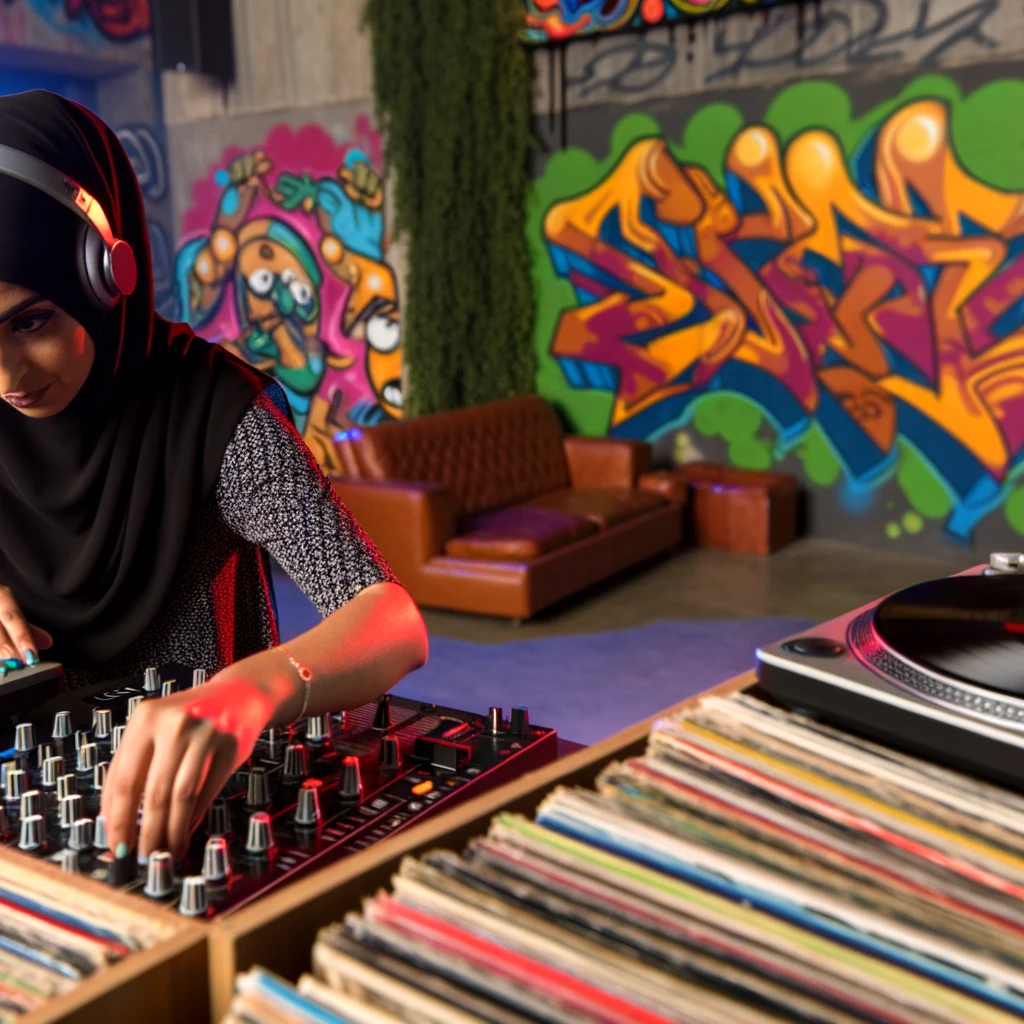
Electronic Music’s Journey: From Underground to Mainstream
Electronic music has undergone a remarkable transformation, evolving from its underground beginnings to becoming a dominant force in the mainstream music industry. This journey is marked by innovation, experimentation, and an ever-growing fan base that spans the globe.
The Origins of Electronic Music
The roots of electronic music can be traced back to the early 20th century with pioneers like Luigi Russolo and his 'Intonarumori' or noise machines. However, it was not until the 1950s and 1960s that electronic music began to take shape as an art form. Artists such as Karlheinz Stockhausen and Pierre Schaeffer were instrumental in experimenting with electronic sounds and tape manipulation, laying a foundation for future developments.
The Underground Scene
Throughout the 1970s and 1980s, electronic music found a home in underground clubs and warehouse parties. Genres like house, techno, and electro emerged, each with its distinct sound and cultural impact. These genres were often associated with countercultural movements, providing a soundtrack for alternative lifestyles and expressions. Iconic figures like Kraftwerk, Giorgio Moroder, and Afrika Bambaataa pushed the boundaries of electronic music, incorporating it into pop and hip-hop landscapes.
Rise of the Rave Culture
The late 1980s and early 1990s saw the explosion of rave culture, characterized by all-night dance parties, vibrant light shows, and a sense of communal euphoria. The rave scene played a crucial role in popularizing electronic music, with genres such as acid house and trance gaining widespread popularity. This era also witnessed the rise of influential record labels like Warp Records and artists such as The Prodigy and Underworld, who brought electronic music to larger audiences.
Breaking into the Mainstream
By the late 1990s and early 2000s, electronic music began to infiltrate the mainstream music industry. The advent of digital technology and the internet facilitated the spread of electronic music, allowing artists to reach global audiences more easily. The genre's influence became evident in pop music, with artists like Madonna and Britney Spears incorporating electronic elements into their hits. Festivals like Ultra Music Festival and Tomorrowland further cemented electronic music's place in mainstream culture, attracting millions of fans worldwide.
The Role of Technology
Technology has been a driving force in the evolution of electronic music. The development of synthesizers, drum machines, and digital audio workstations has empowered artists to create complex and innovative sounds. The accessibility of music production software has democratized music creation, enabling bedroom producers to compete with established artists.
Current Trends and Future Prospects
Today, electronic music continues to evolve, with subgenres like EDM, dubstep, and future bass gaining prominence. Artists such as Calvin Harris, Skrillex, and Marshmello have become household names, bridging the gap between electronic music and mainstream pop culture. As technology advances, new possibilities for sound exploration and audience engagement emerge, ensuring that electronic music remains a dynamic and influential genre.
In conclusion, the journey of electronic music from underground to mainstream is a testament to its versatility, adaptability, and enduring appeal. As it continues to push boundaries and transcend cultural barriers, electronic music is poised to shape the future of the music industry for years to come.
Related Articles





